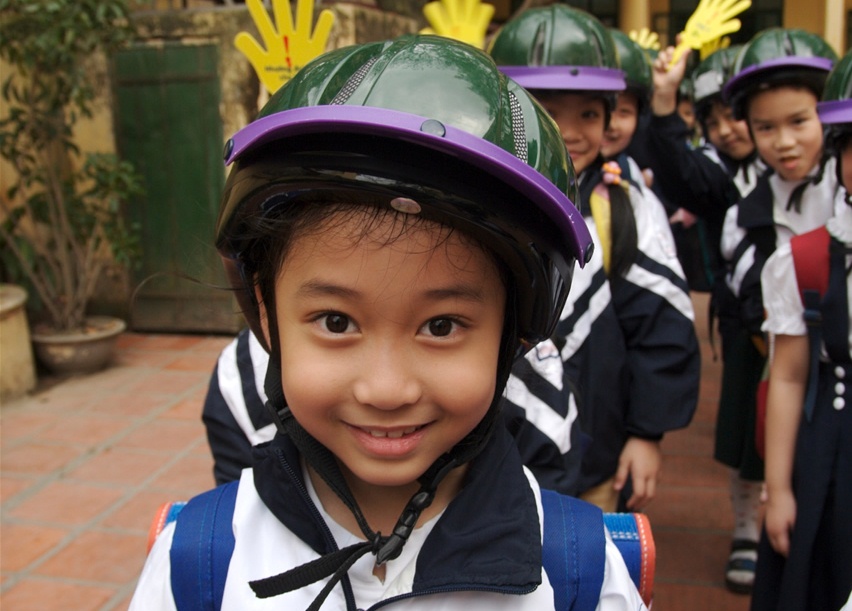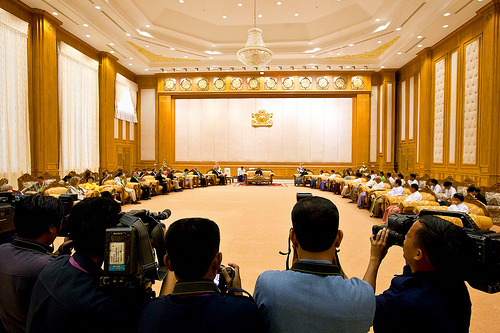Female Students Explore Geography in South Sudan
 In Juba, South Sudan, female students recently got the opportunity to learn how geography and Geographic Information Systems (GIS) affect their daily lives. The World Food Programme and South Sudan’s Ministry of Education teamed up to support this initiative just in time for World GIS Day.
In Juba, South Sudan, female students recently got the opportunity to learn how geography and Geographic Information Systems (GIS) affect their daily lives. The World Food Programme and South Sudan’s Ministry of Education teamed up to support this initiative just in time for World GIS Day.
Students at the Mayo Girls Primary School participated in GIS Day celebrations by learning about how geographic information systems help shape their lives and futures in this, the world’s newest country.
Presenters from the World Food Programme spoke to students about how the agency relies on GIS software to deploy and track humanitarian aid in South Sudan, a country with a large geographic area, weak infrastructure, and a great need for aid after a long violent conflict.
Kenyang Cirr Dut, a Ministry of Education official, also told students how they can use geography in their own lives once they get older. “If you master geography, you will know when it’s the right time for planting crops and this will lead to abundant food supply,” he said.
According to World Food Programme officers, this was not just a day to encourage girls to become involved with geography, but more generally to pursue their studies and stay in school. Mayo School’s GIS Day is an example of a WFP-supported event that works to build excitement about school, and is part of a strategy to keep female students enrolled that also includes food incentives provided by the WFP.
GIS Day has been celebrated worldwide since 1999, with grassroots educational events bringing knowledge of GIS applications to schools and to the public. In addition to being used by the WFP, GIS are used to produce the maps used by humanitarian agencies all over the globe.
Creative Commons Love: Arsenie Coseac on Flickr.com
Written by Carla Drumhiller Smith










